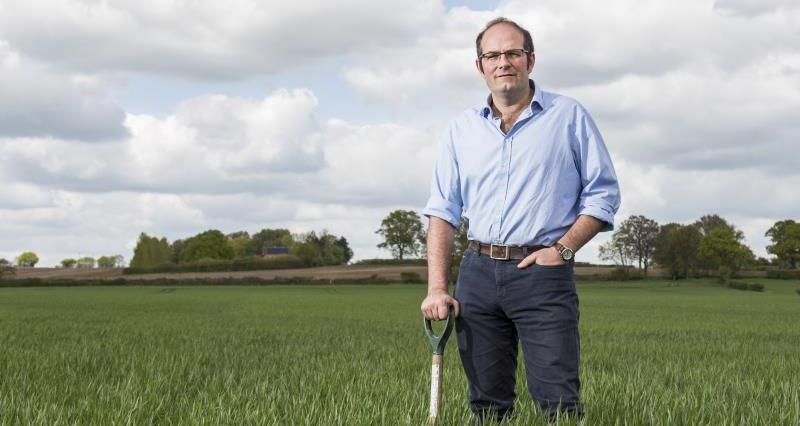When we reflect on the 2019 harvest it is very easy to miss the biggest anomaly in the figures. The oilseed rape area, or oilseed risk as some have now affectionately named it, produced the lowest yield in more than 15 years. Where once upon a time the UK was regularly producing an exportable surplus, we are now struggling to feed the insatiable appetites of the UK crush and are reliant on imports to fill the gap.
I have written before about the difficulty of growing OSR. It was September last year and at the time we thought it was down to the extreme drought of the 2018 summer. With the rainfall ahead of and during harvest this year we were more hopeful that the OSR crops for harvest 2020 would establish more successfully. Unfortunately, it seems that unless they were drilled in the first 10 days of August many crops are struggling with flea beetle, mainly due to the dry weather since drilling. The difficulty is that early planting was generally not thought to be agronomically the best for high yields with later August and early September thought to be better, but they now seem to carry much more risk. However, the rulebook no longer applies – it really is a case of rolling the dice and putting the chips on red or black.
Many have tried all sorts of different Integrated Pest Management (IPM) techniques such as catch crops, companion crops, trap crops, leaving stubbles long, leaving crop residue, baling straw, chopping straw, and all and none seem to work depending upon the weather after drilling.
For anyone that is unaware I feel I must point out that when the neonicotinoids were banned we predicted exactly this scenario and that we would be reliant on imports of rapeseed that had been produced using products that are now illegal in the UK. The environmental NGOs said we were crying wolf and they continue to try and produce evidence that the rape crop hasn’t suffered. They are unwilling to look at the total UK production and the harvested area, and the other number that we desperately need to get a proper handle on is the area that’s lost between planting and harvest because this gives a true reflection of the gamble that farmers are now taking when they decide to put the seed in the ground.
Why am I writing about this again? We simply cannot afford for Defra to accept that this situation is the norm – planting a crop and crossing your fingers cannot be acceptable. With all the uncertainty surrounding future trade deals we somehow need to get the message across that the future of the arable rotation is being undermined by the decisions of others. Imports, produced using neonicotinoids and likely to be producing using GM, are capping the sale price of the OSR produced in the UK meaning that the increased level of risk is not being rewarded. We need investment in real IPM and we also need support in carrying the risk. We have talked about an equivalence payment before and I personally can’t see a better way of trying to mitigate against things outside of the growers' control.
Read more:
